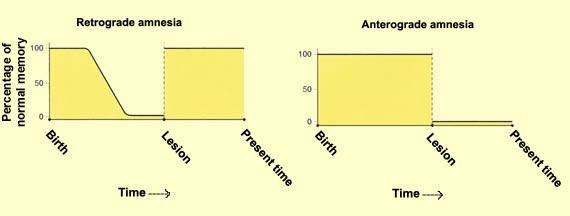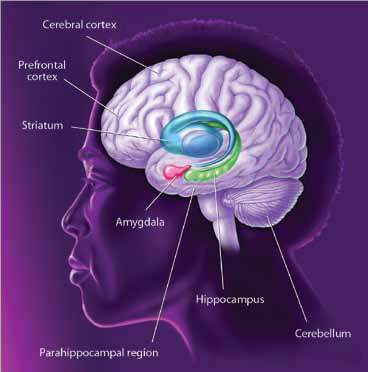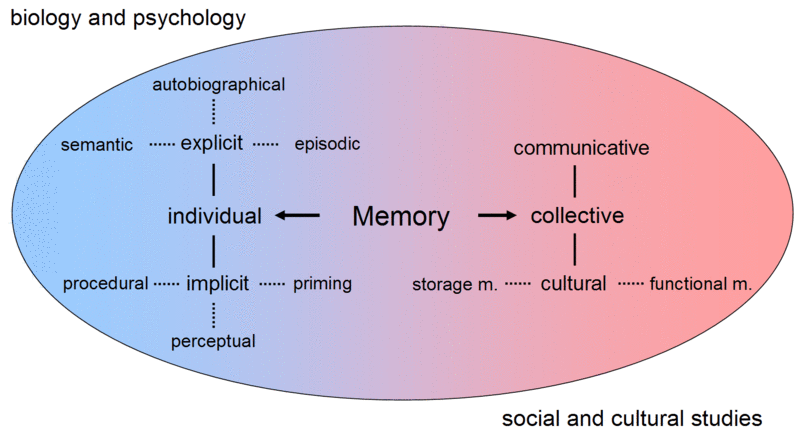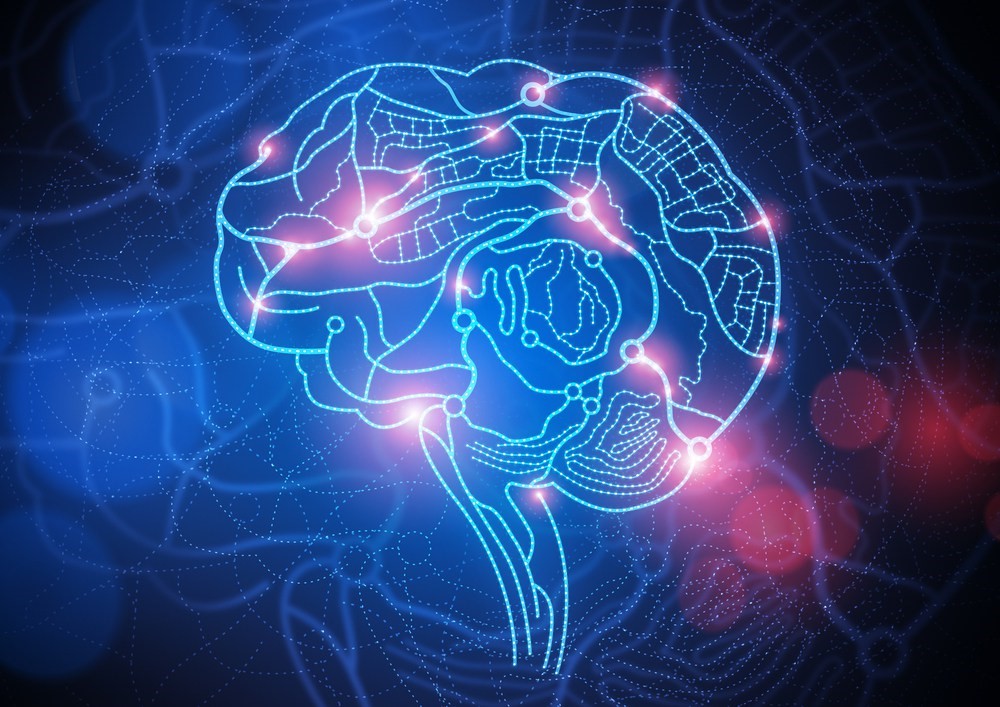CHAPTER 4: Learning, Memory, and Language
IN THIS CHAPTER
Learning and Memory
1A major breakthrough in understanding how the brain accomplishes learning and memory began with the study of a person known by his initials, H.M. As a child, H.M. developed a severe, difficult-to-treat form of epilepsy. When traditional therapies didn’t help, H.M. underwent an experimental surgical treatment — the removal of the medial regions of his temporal lobes.

2The surgery worked in that it greatly alleviated the seizures, but it left H.M. with severe amnesia. He could remember recent events for only a few minutes and was unable to form explicit memories of new experiences. For example, after talking with him for a while and then leaving the room, upon returning, it would be clear that H.M. had no recollection of the exchange.
3 Despite his inability to remember new information, H.M. remembered his childhood very well. From these unexpected observations, researchers concluded that the parts of H.M.’s medial temporal lobe that were removed, including the hippocampus and parahippocampal region , played critical roles in converting short-term memories of experiences to long-term, permanent ones. Because H.M. retained some memories of events that occurred long before his surgery, it appeared that the medial temporal region was not the site of permanent storage but instead
4Since that time, scientists have learned that the medial temporal region is closely connected to widespread areas of the cerebral cortex, including the regions responsible for thinking and language. Whereas the medial temporal region is important for forming, organizing, consolidating, and retrieving memory, it is the cortical areas that are important for long-term storage of detailed knowledge about facts and events and how this knowledge is used in everyday situations.
5Different Facets of Memory Our ability to learn and consciously remember everyday facts and events is called declarative memory. Studies using functional brain imaging have identified a large network of areas in the cerebral cortex that work together with the hippocampus to support declarative memory. These cortical areas play a distinct role in complex aspects of perception, movement, emotion, and cognition, each of which contributes to the overall experiences captured in declarative memories.
6When we have new experiences, information initially enters working memory, a transient form of declarative memories. Working memory depends on the prefrontal cortex as well as other cerebral cortical areas. Studies on animals have shown that neurons in the prefrontal cortex maintain relevant information during working memory and can combine different kinds of sensory information when required. In humans, the prefrontal cortex is highly activated when people maintain and manipulate memories.

7Distinct areas within the prefrontal cortex support executive functions, such as selection, rehearsal, and monitoring of information being retrieved from long-term memory. To serve these functions, the prefrontal cortex also interacts with a large network of posterior cortical areas that encode, maintain, and retrieve specific types of information — visual images, sounds, and words, for example — as well as where important events occurred and much more.
8Semantic memory is a form of declarative knowledge that includes general facts and data. Although scientists are just beginning to understand the nature and organization of cortical areas involved in semantic memory it appears that different cortical networks are specialized for processing particular kinds of information, such as faces, houses, tools, actions, language, and many other categories of knowledge. Studies using functional imaging of normal humans have revealed zones within a large cortical expanse that selectively process different categories of information, such as animals, faces, or words.
9Our memories of specific personal experiences that occurred at a particular place and time are called episodic memories. The medial temporal lobe areas are generally believed to serve a critical role in the initial processing and storage of these memories. Studies have shown that different parts of the parahippocampal region play distinct roles in processing “what,” “where,” and “when” information about specific events. The hippocampus links these elements of an episodic memory. The linkages are then integrated back into the various cortical areas responsible for each type of information

10The fact that H.M. and other people with amnesia show deficits in some types of memories and not others indicates that the brain has multiple memory systems supported by distinct brain regions. Nondeclarative knowledge, the knowledge of how to do something, often called procedural memory, is expressed in skilled behavior and learned habits and requires processing by the basal ganglia and cerebellum. The cerebellum is specifically involved in motor tasks that involve coordinated timing. The amygdala appears to play an important role in the emotional aspects of memory, attaching emotional significance to otherwise neutral stimuli and events. The expression of emotional memories also involves the hypothalamus and the sympathetic nervous system, both of which support emotional reactions and feelings. Thus, the brain appears to process different types of memories in separate ways.

11 Storing Memories How exactly are memories stored in brain cells? After years of study, much evidence supports the idea that memory involves a persistent change in synapses, the connections between neurons. In animal studies, researchers found that such changes occur in the short term through biochemical events that affect the strength of the relevant synapses. Turning on certain genes may lead to modifications within neurons that change the strength and number of synapses, stabilizing new memories. Researchers studying the sea slug Aplysia californica, for example, can correlate specific chemical and structural changes in relevant cells with several simple forms of memory in the animal.
12Another important model for the study of memory is the phenomenon of long-term potentiation (LTP), a long-lasting increase in the strength of a synaptic response following stimulation. LTP occurs prominently in the hippocampus, as well as in the cerebral cortex and other brain areas involved in various forms of memory. LTP takes place as a result of changes in the strength of synapses at contacts involving N-methyl-d-aspartate (NMDA) receptors.
13Subsequently, a series of molecular reactions plays a vital role in stabilizing the changes in synaptic function that occur in LTP. These molecular events begin with the release of calcium ions into the synapse, activating the cyclic adenosine monophosphate (CAMP) molecule in the postsynaptic neuron. This molecule then activates several kinds of enzymes, some of which increase the number of synaptic receptors, making the synapse more sensitive to neurotransmitters. In addition, CAMP activates another molecule, called CAMP-response element binding (CREB). CREB operates within the nucleus of the neuron to activate a series of genes, many of which direct protein synthesis. Among the proteins produced are neurotrophins, which result in growth of the synapse and an increase in the neuron’s responsiveness to stimulation.
14Many studies have shown that the molecular cascade leading to protein synthesis is not essential to initial learning or to maintaining short-term memory; however, this cascade is essential for long-term memory. In addition, studies using genetically modified mice have shown that alterations in specific genes for NMDA receptors or CREB can dramatically affect the capacity for LTP in particular brain areas. What’s more, the same studies have shown that these molecules are critical to memory.
15The many kinds of studies of human and animal memory have led scientists to conclude that no single brain center stores memory. Instead, memory is most likely stored in distributed collections of cortical processing systems that are also involved in the perception, processing, and analysis of the material being learned. In short, each part of the brain most likely contributes differently to permanent memory storage.
